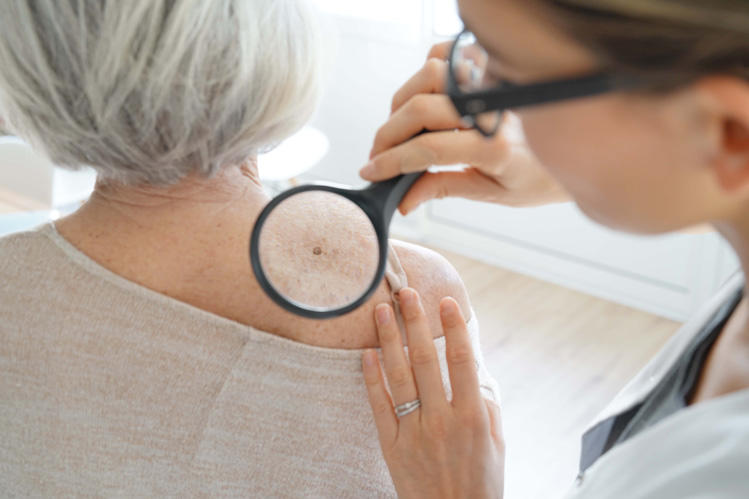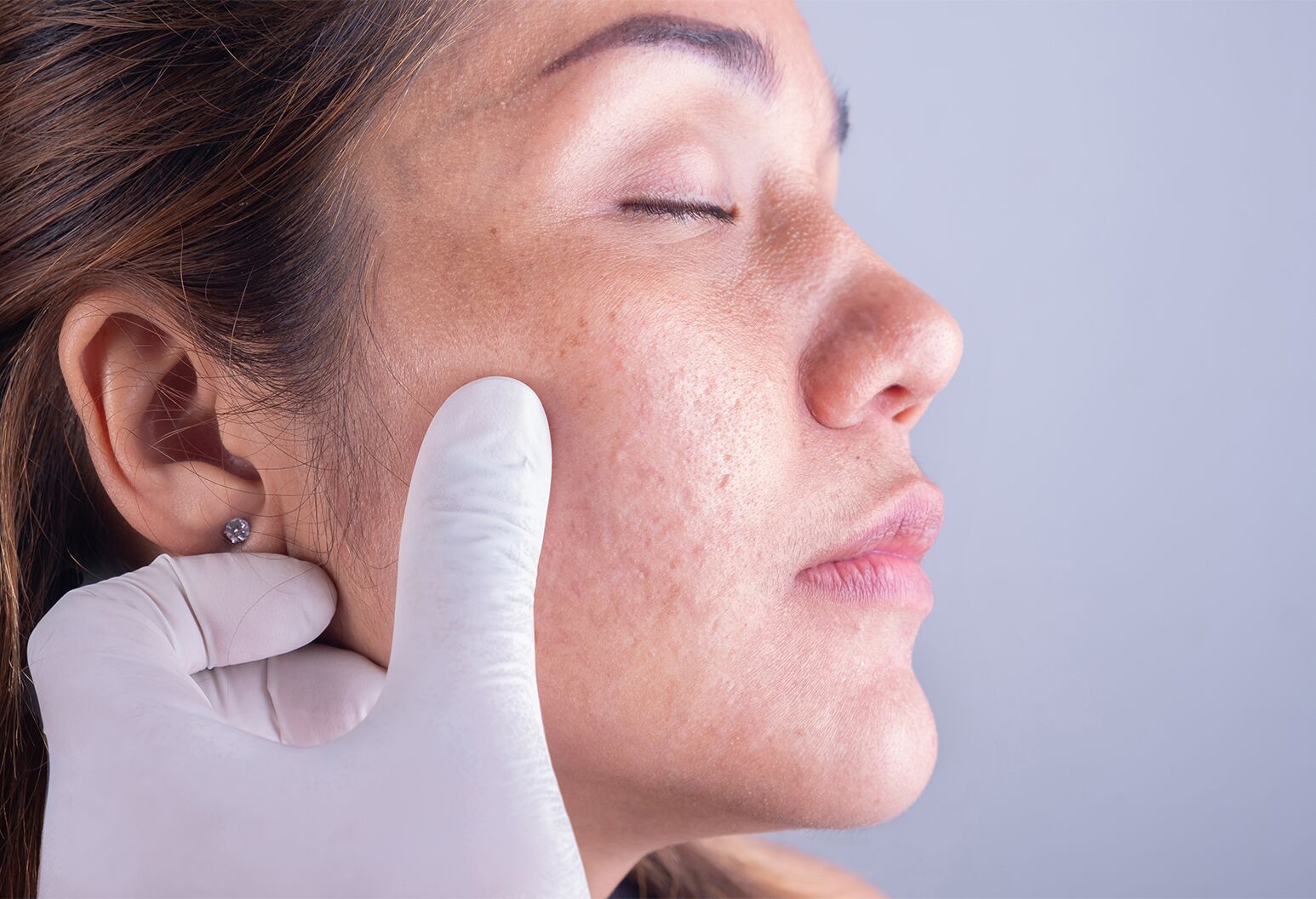Browsing Skin Cancer Treatment: The Essential Duty of Mohs in Modern Dermatology Practices
Skin cancer cells, a complicated diagnosis, typically leaves people facing countless treatment alternatives. Among these, Mohs surgery stands as a sign in modern-day dermatology, renowned for its meticulous strategy to cancer cells elimination and conservation of bordering healthy cells. This cutting-edge technique guarantees not only exceptional cosmetic end results however also provides instant outcomes, easing person anxiousness. As we discover the intricacies of this procedure, one will appreciate its critical duty in skin cancer therapy.
Comprehending Skin Cancer: Types and Threats
Skin cancer, a potentially lethal ailment, is even more common than lots of people understand. This illness, caused by the unrestrained growth of uncommon skin cells, largely arises from DNA damages due to direct exposure to the sunlight and ultraviolet (UV) light. There are three primary kinds of skin cancer cells: Basal cell carcinoma, Squamous cell cancer, and Melanoma. While the previous 2 are much less deadly and make up most of detected instances, cancer malignancy is the most unsafe. It represents just about 1% of skin cancer cells instances however causes the substantial bulk of skin cancer fatalities - mohs surgery. Threat aspects consist of fair skin, background of sunburn, excessive sun exposure, living at high altitudes or near to the equator, having lots of moles, a family members history of skin cancer cells, and damaged body immune system.
What Is Mohs Surgery and How It's Revolutionizing Skin Cancer Cells Therapy
Despite the many treatments presently available for skin cancer cells, Mohs surgery stands out as a groundbreaking and extremely reliable remedy. Named after Frederic E. Mohs, the physician who established the treatment, Mohs surgical procedure is an accurate surgical method utilized to deal with skin cancer. This degree of precision, integrated with the ability to spare as much healthy tissue as feasible, is revolutionizing skin cancer cells therapy.
The Advantages of Mohs Surgery Over Traditional Skin Cancer Therapies
Structure on the innovative nature of Mohs surgical procedure, it's important to consider its various advantages over standard skin cancer cells therapies. Unlike standard treatments, Mohs supplies a greater treatment price, commonly reaching 99% for newbie therapies and 94% for frequent cancers cells. This accuracy is due to its one-of-a-kind approach of gradually eliminating and checking out cells layers until only cancer-free cells stay (mohs surgery). Additionally, it minimizes damage to healthy skin, resulting in less scarring and improved that site aesthetic outcomes. Mohs likewise provides instant results, getting rid of the anxiety-ridden delay typical with other methods. It's cost-effective, as the surgical treatment and tiny exam happen simultaneously, eliminating the demand for additional laboratory solutions. Hence, Mohs represents a significant development in dermatological methods.
The Procedure of Mohs Surgery: What to Expect Throughout the Refine

Potential Negative Effects and Post-Operative Treatment of Mohs Surgical Procedure
Undergoing Mohs surgical procedure, like any type of various other surgery, entails prospective side effects that clients must know. Usual adverse effects include pain, bruising, and swelling at the surgical treatment website. However, these are normally temporary and convenient with non-prescription pain medication and cold pack. In uncommon instances, patients might experience infection, blood loss, or a sensitive response to the regional anesthetic. Post-operative treatment is crucial to recovery and lessening side impacts. This usually entails maintaining the wound clean and completely dry, taking proposed medicines, and staying clear of arduous activities. Patients should additionally go to all follow-up appointments for injury treatment and surveillance. In some cases, additional treatments might be necessary to make certain full removal of the cancerous cells. Complying with these post-operative care guidelines can significantly boost healing and end results.
Conclusion

 Keshia Knight Pulliam Then & Now!
Keshia Knight Pulliam Then & Now! Freddie Prinze Jr. Then & Now!
Freddie Prinze Jr. Then & Now! Macaulay Culkin Then & Now!
Macaulay Culkin Then & Now! Loni Anderson Then & Now!
Loni Anderson Then & Now! Bill Cosby Then & Now!
Bill Cosby Then & Now!